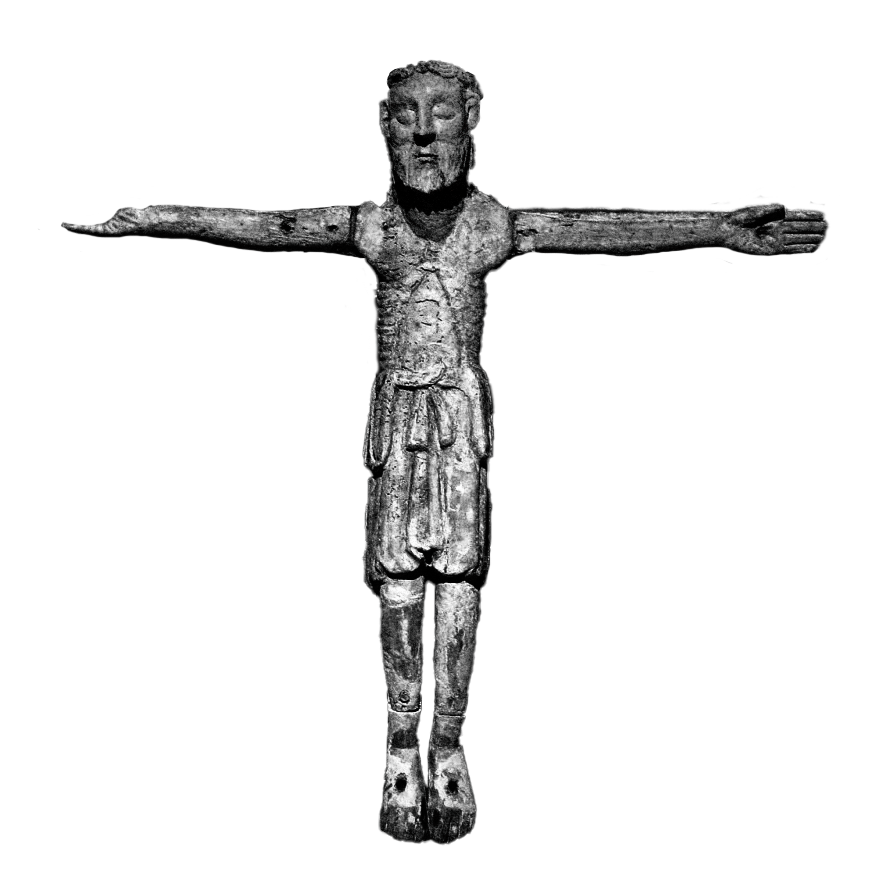The Basilica of San Martiño de Mondoñedo (Spain).
The Basilica of San Martiño de Mondoñedo, located in Galicia in Spain, holds a significant place in Spanish history as one of the oldest cathedrals in the country. Its origins date back to the 9th century when it served as the seat of two bishops from the Kingdom of Galicia, one transferred from Dumio in the district of Braga, Portugal, and the other from Bretoña in the province of Lugo.
Constructed in the late 11th century in the Romanesque style, with robust buttresses added in the 18th century, the basilica has been recognized as a Cultural Heritage site since 1931 and attained the status of a minor basilica in 2007. The basilica is also home to the A Zapata fountain, where legend has it that Bishop San Gonzalo miraculously caused water to spring forth by throwing his shoe.
The history of the church traces back to the 6th century when a group of Christians fleeing Anglo-Saxon invaders settled in Galicia and established a bishopric in Bretoña. Later, in 866, the bishopric of Dumio relocated to the site of the basilica due to Moorish conquests, eventually evolving into San Martín de Mondoñedo. However, Viking raids in the mid-9th century led to the destruction of Bretoña, prompting the bishopric to move once again, this time permanently to Mondoñedo.
The basilica was home to several notable bishops, including Saint Rosendo and Bishop Gonzalo, revered for his purported miraculous interventions. In 1112, Queen Urraca ordered the transfer of the episcopal see to Vilamaior do Val de Brea, later renamed Mondoñedo, leading to the basilica's transformation into a priory affiliated with the Mondoñedo Cathedral. This measure, enacted by Pope Clement VII in 1534, aimed to curb abuses by prior commendators and ensure proper governance of the monastery. Today, the basilica stands as a testament to the enduring faith and architectural heritage of the region, inviting visitors to explore its rich history and cultural significance.




















